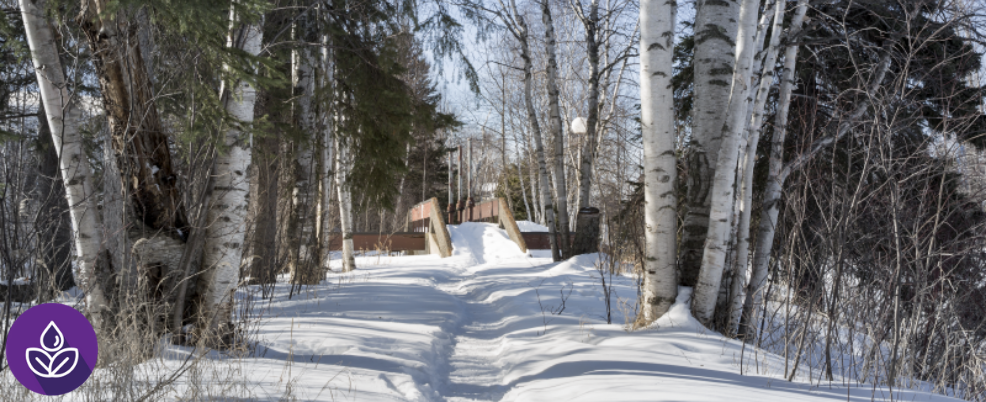Seasonal Affective Disorder
Seasonal affective disorder (SAD), or seasonal depression, is triggered by the change in seasons that occurs primarily in the colder months. As you prepare for winter weather by bringing out your coats and mitts, you should also think about how you can plan to take care of your mental and emotional health as the cold settles in.
Add brightness to your space. Explore small ways to add more light to your space, like opening the blinds or sitting closer to a window. If natural light isn’t an option, lamps and lightboxes can help.
Go outside. The Swedish have a saying “there's no such thing as bad weather, only bad clothes” so bundle up and commune with nature-just a few minutes a day has been proven to improve both our moods and our physical health, leading to reduced stress and increased self-esteem. It also gives you some much needed Vitamin D.
Keep moving. Physical activity helps relieve stress and anxiety. Incorporate movement in a way that works for you, whether that is dancing it out at the end of the day or doing some stretches to start your day.
Make new rituals. SAD can make you withdraw from others so try scheduling in regular group get-togethers- like Sunday night dinners with your roommates, a weekly phone call with a family member or a regular virtual game night with friends. Having a standing appointment can actually be easier than scheduling a one-off because you will start to schedule around it. It also gives you something to look forward to the rest of the week.
Reach out for support. SAD does not have to be something you deal with on your own, you can book an appointment with a Student Health and Wellness Counsellor or you can connect with others on TalkCampus or 7 cups.
While these tips may not work for everyone, Student Health and Wellness encourages you to gently check-in with yourself on what you may need as colder months settle in.




